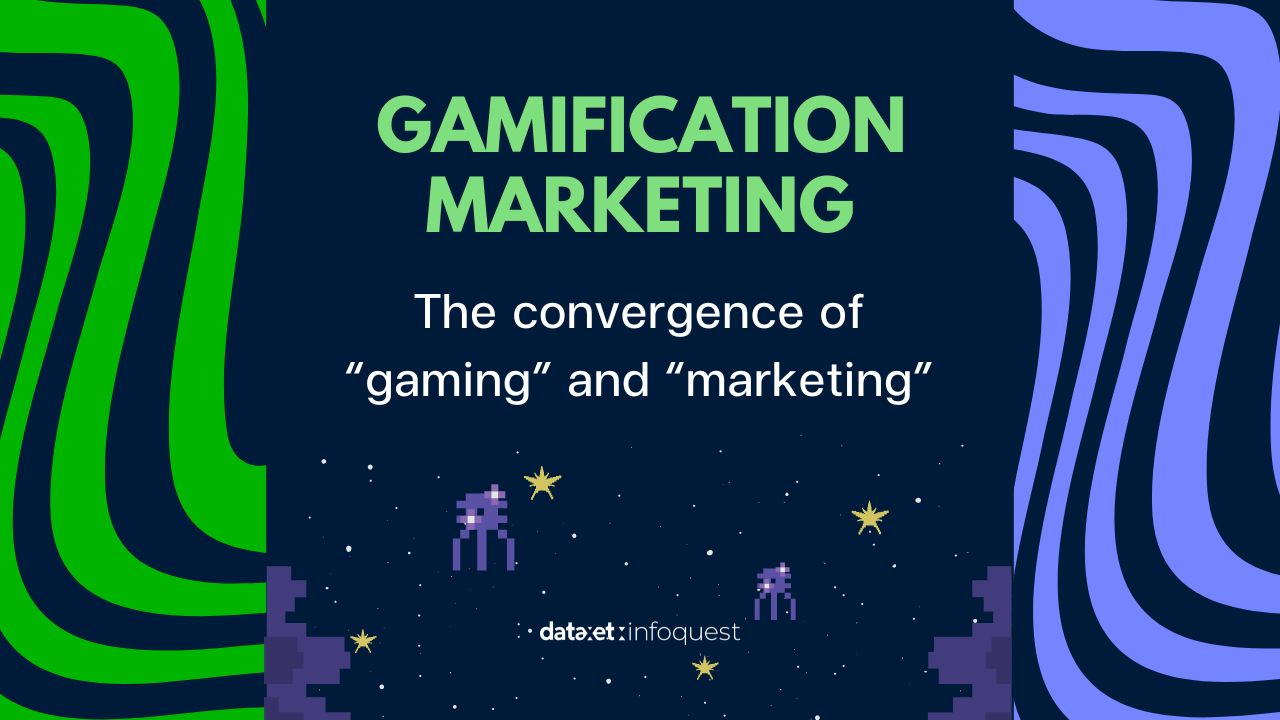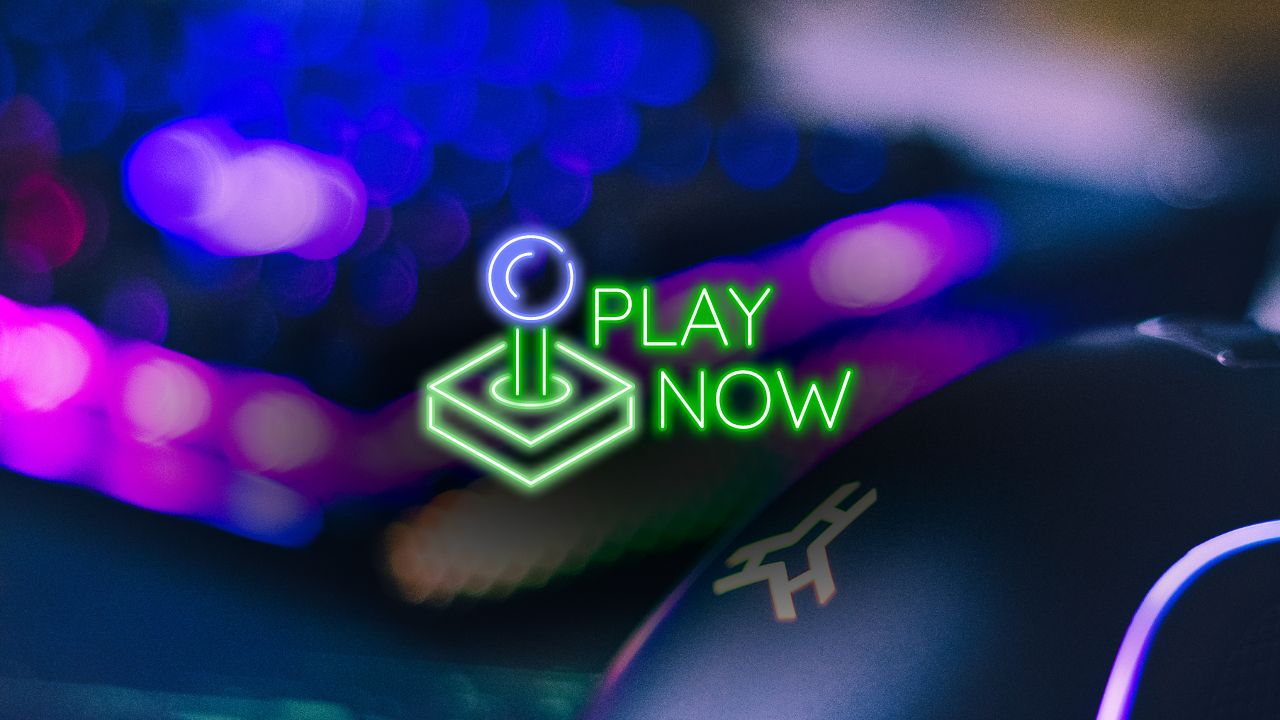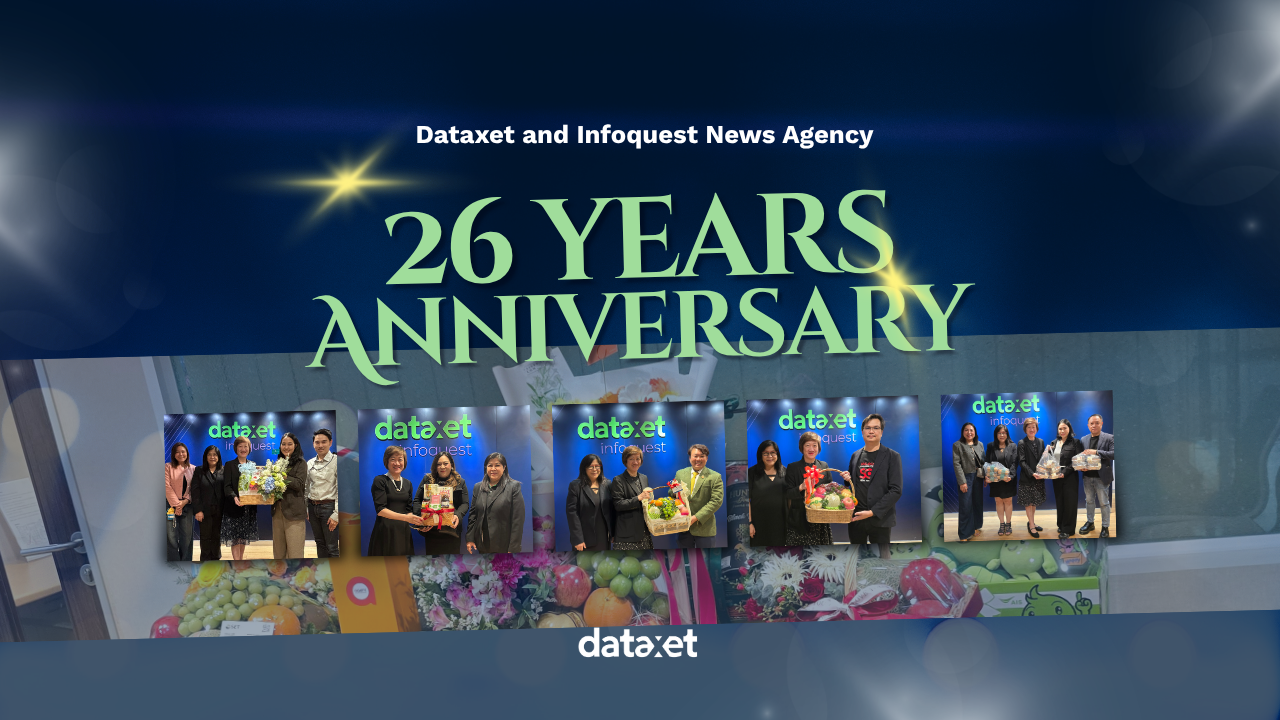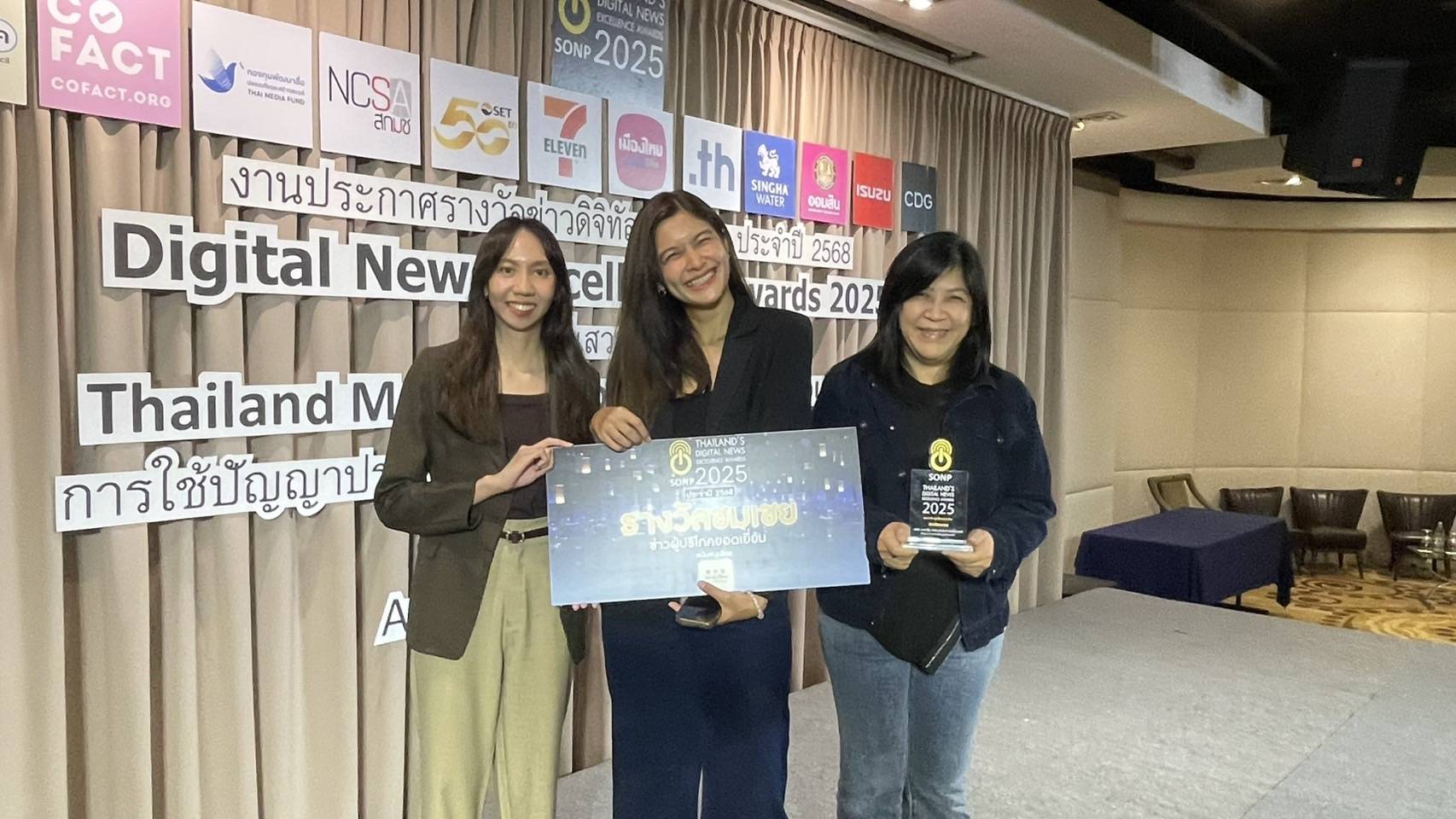
Understanding Gamification Marketing: The convergence of “gaming” and “marketing”
When customers are more inclined to make purchases using “emotion” instead of “reason”, it falls on the shoulders of marketers to effectively tap into the customers’ core emotions. “Gamification Marketing” is a strategy that offers an emotion-driven and engaging experience for customers by incorporating gaming mechanics and marketing elements. It can incentivize, engage, and activate customers, turning a sales pitch to actual sales.
Getting to know “gamification marketing”
Gamification marketing entails incorporating game elements into promotional campaigns and brand-customer interactions. This can range from point collection, leveling up, mission assignments, milestones, countdowns and rewards for accomplishments. Each activity should have a clear objective and well-defined methods to achieve it. Coupled with instantaneous progress tracking and assessment, a gamified activity makes customers feel that their actions are worthwhile.

Why gamification marketing?
Humans inherently desire an eventful life and aspire to succeed. Customers, being humans, are no exception. Even as time goes by, "games" continue to be a powerful tool that evoke emotions.
“Gamification marketing” can help reframe a purchase into a pursuit of goals and excitement, rather than a mere matter of money, and thereby attract more customers to engage in it.
How to use gamification marketing strategy?
Different brands adopt different gamification marketing strategies, depending on their products or services. For instance, an e-commerce brand may opt for the milestone strategy. This strategy involves setting milestones for customers, such as tracking the number of purchases they make while showing them the number of items needed to unlock special discounts or products. On the other hand, a sports equipment brand might utilize the quest strategy. This approach could involve offering customers limited-time quests where they can earn points based on the number of steps they take that can be redeemed for products.

Additionally, brands may leverage gamification marketing strategies to streamline data collection processes. They may transform traditional surveys into engaging pop quizzes that offer rewards. Furthermore, brands may boost their online presence through gamification. For example, they could encourage customers to share their experiences with the brand on social media using a specific hashtag for a chance to win exclusive prizes.
Overall, gamification marketing proves to be a versatile strategy, offering various avenues for enhancing sales while providing customers with enjoyable experiences.

By Tanupat Piyarat , Sunita Phanraksa







